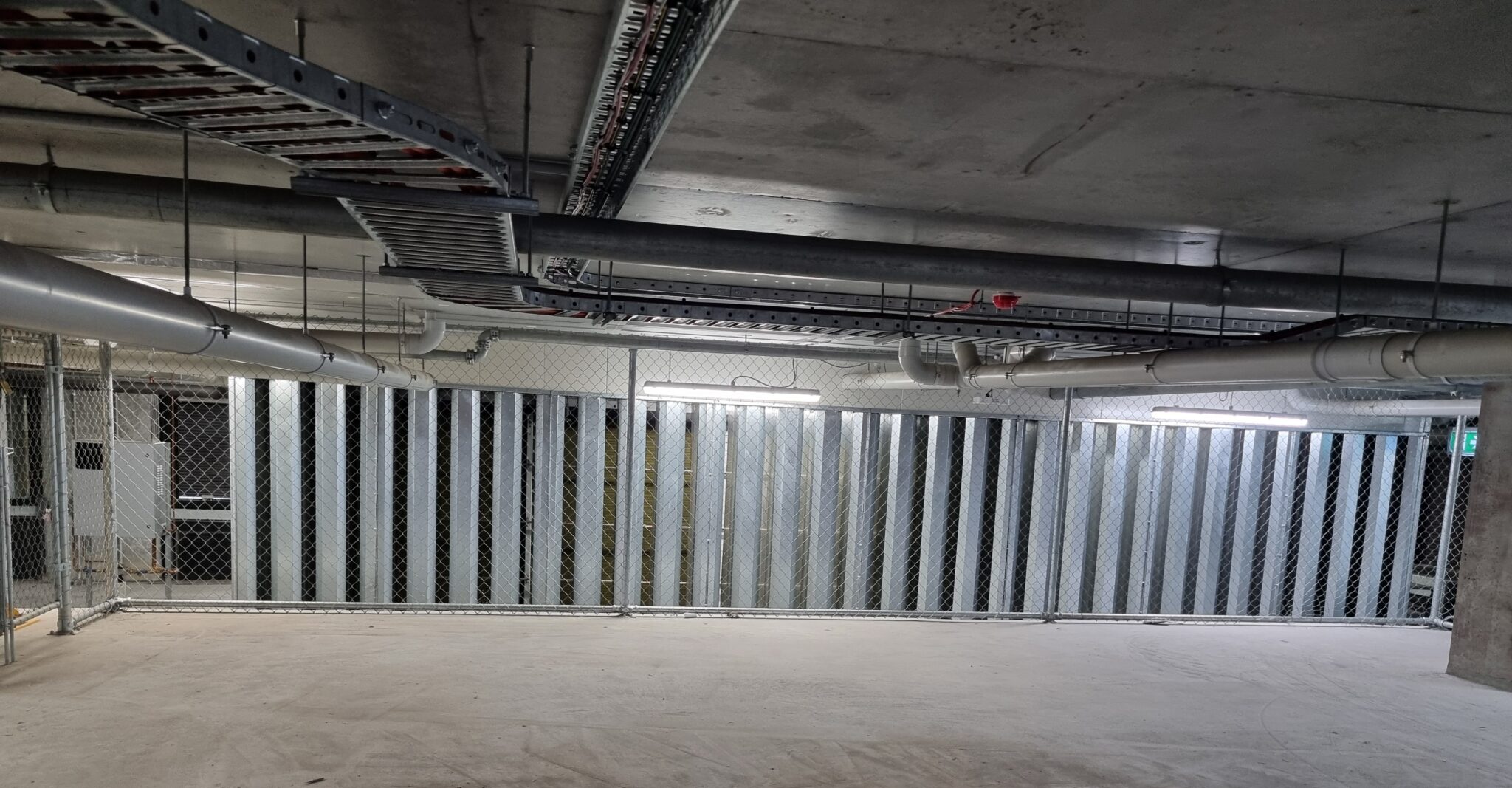Call 1300 799 969 | Contact Us


Home » Comparing industrial noise levels in different processes
Industrial noise is a pervasive issue in our modern society with significant implications for workers and nearby communities. The variability of noise levels across different industries and processes is not just a matter of interest, but an essential aspect that demands attention.
In this article, we investigate the intricacies of industrial noise, exploring how noise levels vary across various industries and processes, examining how they compare, and discussing products that can be used to minimise their impacts. We’ll also touch upon relevant policy references, particularly focusing on Australian regulations.
Industrial noise is generated by many different sources within various industrial operations. These sources can include machinery such as compressors, generators, pumps, and production equipment, as well as processes like manufacturing, construction, and transportation activities.
The noise intensity produced by these sources can vary significantly depending on factors such as the type of machinery or process, operating conditions, and environmental factors.
Different industries exhibit distinct noise profiles based on their operations and the equipment used. Here’s a look at how noise levels vary across some common industries:
Manufacturing facilities encompass diverse processes, from assembly lines to heavy machinery operations. Noise levels in manufacturing settings can be particularly high, especially in metal fabrication, automotive manufacturing, and textile production industries. Machines such as stamping presses, CNC machines, and conveyor systems can all increase noise levels.
Construction sites, notorious for their noise levels, are a prime example of how industrial noise can disrupt communities. The heavy machinery such as excavators, bulldozers, and jackhammers, along with activities like demolition, drilling, and pile driving, contribute to serious noise. Moreover, the fact that construction sites often operate in urban areas further exacerbates the impact on the surrounding communities.
Mining operations, including drilling, blasting, and material handling, produce substantial noise levels. Heavy-duty equipment such as drills, loaders, and haul trucks contribute to noise emissions. Furthermore, while mining operations often occur in remote areas, noise can still impact nearby wildlife and communities.
Transportation-related industries, including aviation, maritime, and rail transport, contribute to noise pollution during operation and maintenance activities. Aircraft engines, ship engines, and railway operations generate considerable noise, especially during the take-off, landing, and acceleration phases. Ports and airports near residential areas pose significant challenges in managing noise impacts.
Fortunately, a wide range of products and technologies are readily available to mitigate the impacts of industrial noise. These include:
Enclosing noisy machinery or processes within soundproof enclosures can significantly reduce noise emissions. These enclosures are typically constructed using sound-absorbing materials and are designed to effectively contain and dissipate noise.
Installing sound barriers around industrial sites can help reduce noise propagation to surrounding areas. These barriers are constructed using sound-absorbing materials and strategically placed to minimise noise transmission.
Investing in noise-reducing equipment, such as quieter motors, fans, and compressors, can help lower overall noise levels in industrial settings. Regular maintenance and machinery lubrication can also prevent noise emissions due to wear and tear.
In Australia, industrial noise is regulated by various state and territory legislation and national guidelines. The primary legislation governing industrial noise is the Environmental Protection Act of 1970, which empowers environmental protection authorities to regulate noise emissions from industrial activities. The National Environmental Protection (Noise) Measure also sets out standards for noise emissions in different environments, including industrial settings.
Industrial noise levels vary significantly across different industries and processes, with factors such as machinery, operations, and environmental conditions influencing the intensity of noise emissions. Understanding these variations is not just important, but vital for developing efficient noise mitigation strategies and ensuring compliance with relevant regulations.
By proactively addressing industrial noise and utilising appropriate products and technologies, we can create safer and more sustainable environments for workers and communities.
For engineered solutions to industrial noise, contact Flexshield on 1300 799 969.